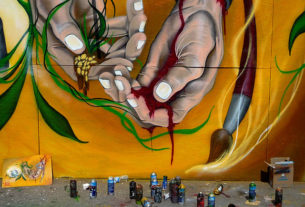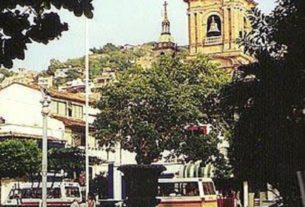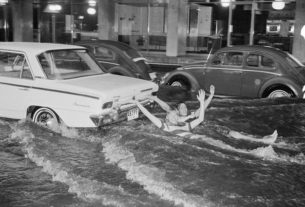Did You Know…?
Several famous Mexican artists had serious physical disabilities.
Three Mexican artists, whose very different works are admired annually by thousands, and who were born in successive decades of the nineteenth century, each achieved greatness despite the fact that they suffered from a serious physical disability.
Jesús Contreras was born in 1866. He studied in Europe, at the time of Rodin, and was a prolific sculptor – with only one arm! Before his untimely death in 1902, Contreras had completed a series of 19 statues honoring famous Mexicans placed along Avenida Reforma, one of the main thoroughfares in Mexico City. His statues are seen daily by tens of thousands of commuters traveling to their places of work by car, taxi, pesero or public bus.
Gerardo Murillo, better known by his self-selected pseudonym Dr. Atl, became the forerunner of modern Mexican muralism. Later in life, but many years before he completed many of his better known works, he had a leg amputated, due to serious circulation problems. The operation was performed in a maternity hospital. According to Atl, he entered hospital “to have a child” and left “without a leg!” His circulation problems may have been a direct result of camping for several months on the slopes of the newly-emerged Paricutin Volcano in the early 1940s. Atl died in 1964, leaving a rich legacy of artistic and literary works. He was among the first to recognize the artistic merits and interest of the Mexican folkart found in almost every corner of the Republic. Every week, hundreds of theater-goers still exclaim in delight at the glass curtain in the Opera House in Mexico City. Designed by Atl, it was produced by Tiffany. A small park overlooking a waterfall (painted by Atl) on the northern edge of Atl’s native city, Guadalajara, is dedicated to his memory.
The most famous of the three, José Clemente Orozco, born in 1883, became a great muralist, one of the “Big Three” of modern Mexican muralism, together with Diego Rivera and David Alfaro Siqueiros. Orozco had the disadvantage of having only one hand, as a result of a gun powder accident in his childhood. He liked to claim that it was due to fighting in the Mexican Revolution! Among Orozco’s best known works are “Man of Fire” in the Cabañas Institute in Guadalajara and his powerful portrait of Father Miguel Hidalgo liberating the people from slavery and the Spanish yoke, in the stairwell of the Government Palace in the same city. An early Orozco mural can be admired in Dartmouth College in Hanover, New Hampshire, in the U.S. To add to Orozco’s difficulties, he was extremely short-sighted, requiring thick lenses to see his own efforts. Orozco died in 1949; his murals are among the finest ever painted.
All three artists triumphed despite (or perhaps because of?) the adversities they faced. All three have left us superb works of art that have stood the test of time and continue to merit widespread acclaim.
Copyright 2001 by Tony Burton. All rights reserved.
Published or Updated on: March 14, 2008



